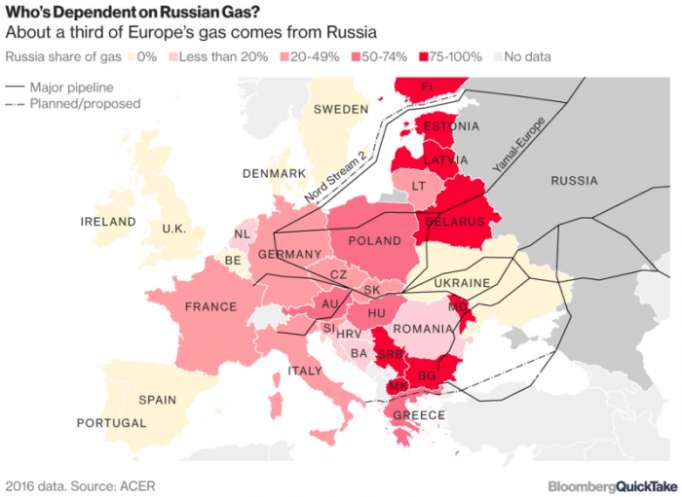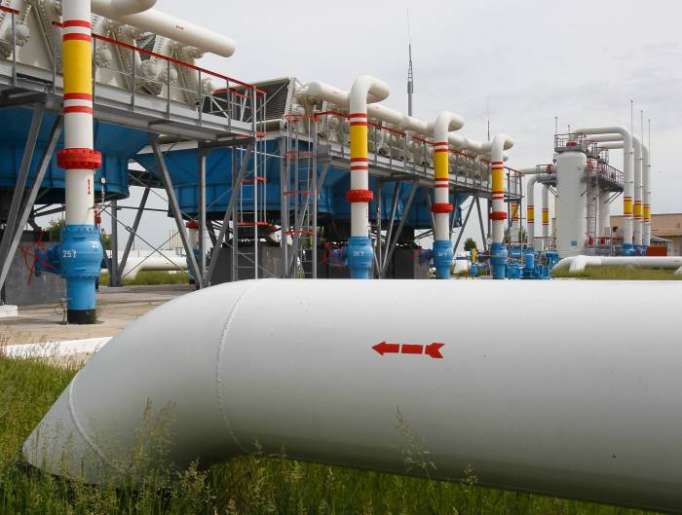Poland, which relies on Kremlin-controlled Gazprom PJSC for about two-thirds of its gas, says diversification trumps potential price cuts it could leverage from building an import link to access Norwegian fuel. That comes after the eastern European nation in 2016 completed a liquefied natural gas terminal to diversify away from the Russian gas it’s been buying since 1944.
“We’re not diversifying our supplies in order to continue with Russia,” Piotr Naimski, the government official in charge of strategic energy infrastructure, said in an interview in Warsaw. “It’s a question of security and the Baltic Pipe is not a part of negotiations with Gazprom.”
The ruling Law & Justice party has said since it came to power in 2015 that it won’t renew a long-term contract with Gazprom that ends in 2022. In order to do that, state-controlled gas distributor PGNiG SA had to revive a project for a link to Norway first mooted about 20 years ago. The Baltic Pipe is on schedule, which is tight with a completion date of October 2022.
“If we want to prolong the Gazprom contract we would need to start talks in December 2019, but by that time we’re going to be certain that the Baltic Pipe will be built, so we’re in a comfortable situation,” said Naimski. “At the same time, Poland is ready for any kind of supply risk in the transition period.”
Poland is also vying with Gazprom over the Russian company’s plan to expand its Baltic Sea gas pipeline to Germany, called Nord Stream 2. Poland argues that the project would make countries like Ukraine more vulnerable if Russia decided to shut down gas links running across its territory to western Europe. During last month’s visit to Warsaw, U.S. Secretary of State Rex Tillerson said the plan was “not a helpful piece of infrastructure to support stability in Europe.”

PGNiG gets 10 billion cubic meters a year under the Gazprom contract. It doubled its LNG purchases from Qatar as of this year to about 3 billion cubic meters and signed a mid-term deal for U.S. deliveries. The LNG terminal’s capacity is set to rise 50 percent to 7.5 billion cubic meters a year after 2020. At the same time, the Polish company committed to transit 8.78 billion cubic meters a year via the Baltic Pipe when it starts.
Additionally, the country produces more than 4 billion cubic meters of its own gas a year and in order to export an excess it may have post-2022 it’s building links with neighboring countries including Slovakia, Lithuania, the Czech Republic and Ukraine.
“The connection with Slovakia is key as it gives us access, via Hungary, to other countries,” Naimski said. “We will be able to supply up to 5 billion cubic meters to that region and for some countries it’s their annual use.”
The Bloomberg
















































